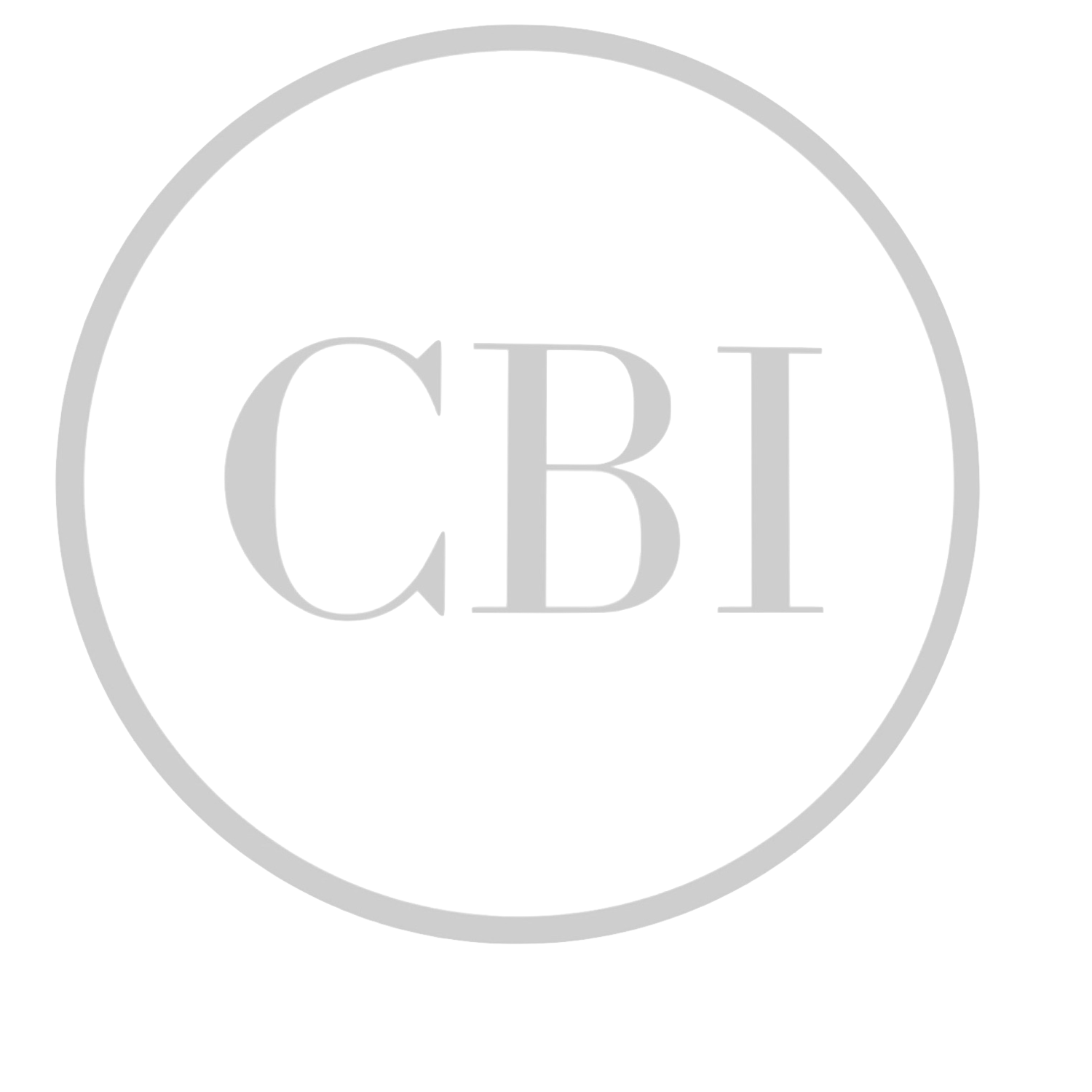Calculating ROI on Your Real Estate Investment
The average ROI (return on investment) in real estate investments is around 10% and considering that an acceptable ROI is anything above 6-8%, it stands to reason that all real estate investors watch this closely.
Additionally, ROI is one of the most crucial metrics in the business as it directly relates to how much you earn back from your investments, so it’s vital for you to understand it well, and learn how to calculate it.
What is ROI?
Return on investment, or simply ROI, is a term in accounting used to determine the percentage of the invested money you get back in the end after all costs are calculated.
For some, the term and the calculation procedure is very confusing, but it is relatively easy to understand. Once you read the rest of the article, it will be a cinch for calculating it yourself.
So, mostly, you need only a couple of figures to calculate the ROI for your real estate investment. You need to know:
● The gain from the investment, i.e., the total amount you earn from it in a year.
● The loss on the investment, i.e., all the costs like repairs, maintenance, etc. for the same year.
● The exact price of the property.
How is ROI calculated?
Once you have all the information mentioned above, you can use the following formula to calculate your real estate investment ROI.
ROI = (The annual gain – total costs) / the price of the property
You might think that merely subtracting the expenses from your profits is enough to determine if your investment is profitable, it’s quite the opposite. That way, you can only calculate the income you’re making, but not how well the property is performing.
So, for example, let’s say that a property you own values at $300,000. Once you calculate everything, you determine that your annual gains are $50,000, while the total costs are $4,000.
So the ROI would be: ($50,000 - $4,000) / $300,000 or $46,000 / $300,000 = 0.153 = 15.3%
As you can see, this is a simplified example with rounded numbers to show you how it works. Also, it represents next to an ideal situation because the result is an ROI of 15.3%, which is quite high. In reality, you should expect your ROI to roll around 10% or less. But remember, as we said in the beginning, everything above 6-8% is considered a decent ROI.
Different Financing Equals Different ROI Calculation
Another thing to mention is that ROI has a different method of calculation depending on the financing method.
If you’ve purchased the property with cash, then the method is the same as in our previous example. However, if you’ve invested with a mortgage, then the calculation is slightly different.
It is the so-called ‘out of pocket’ ROI, and it equals the annual cash flow / total cash invested. It looks different, but the result is commonly much the same because the yearly cash flow equals the annual gains minus the expenses, while the mortgage is added to the investment to determine the total cash invested.

